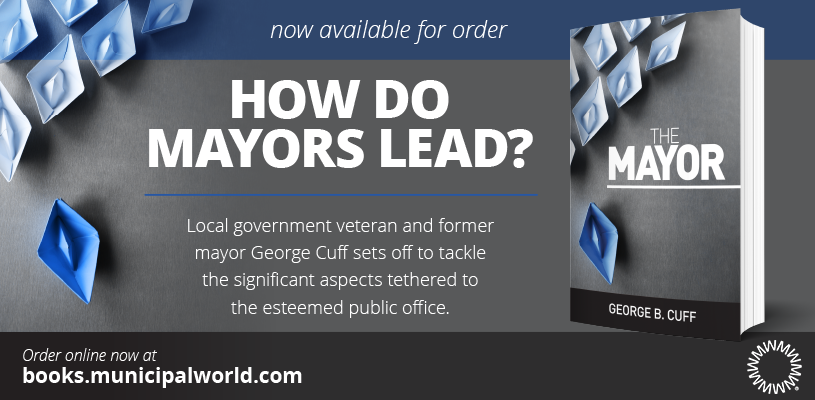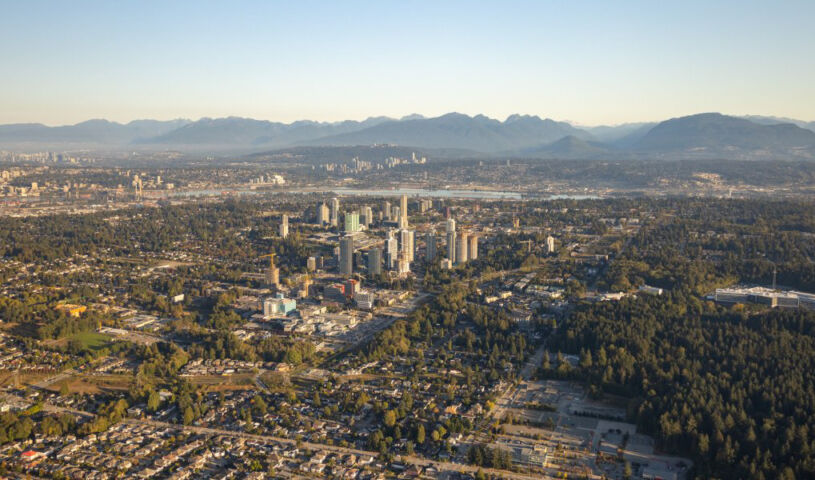New York could save millions shifting local elections
 An evaluation from New York City’s Independent Budget Office has found that the city could save millions by moving local elections to even-numbered years alongside state and federal elections. Photo: Adobe Stock
An evaluation from New York City’s Independent Budget Office has found that the city could save millions by moving local elections to even-numbered years alongside state and federal elections. Photo: Adobe Stock
An evaluation from New York City’s Independent Budget Office (IBO) has found that the city could save more than $40 million (USD) every other year by moving local elections from odd-numbered years to even-numbered ones alongside state and federal elections.
The IBO calculated the five-year average of recent odd-year elections using data published in the New York City Board of Elections (BOE) annual reports to assess what the potential impact of making this shift would be. It estimated that, if the city held on-cycle municipal elections – ones that occur concurrently with state and federal elections – there would be fiscal year savings of around $42 million (USD) every other year.
The evaluation came after a request from Betsy Gotbaum, the executive director of Citizens Union, an organization that has been calling for the move to even-numbered years.
“The findings from the Independent Budget Office further validate what we at Citizens Union have championed: moving our municipal elections to even-numbered years in New York City is not only a democratic imperative but also a smart fiscal decision,” Gotbaum said. “The potential savings of $42 million every other year are significant, but the true value lies in the increased voter turnout and more representative electorate that such a move would foster.”
Low Voter Turnout
The IBO evaluation backs the findings of a 2022 Citizen Union report that said such a move could increase voter turnout in New York local elections. Like many other cities, New York has suffered from low voter turnout in municipal elections for decades.
The report found that voter participation in local elections is significantly lower than turnout in state and federal ballots. Since 2001, turnout at mayoral elections have averaged just under 30 per cent turnout, gubernatorial elections averaged 35 per cent, and presidential elections averaged just over 60 per cent.
“Low voter turnout means elected officials are held accountable to a smaller portion of their constituents,” the report reads. “Consolidating municipal elections with presidential or gubernatorial elections will lead to higher turnout and a more representative electorate, meaning more New Yorkers have a say in who governs them at the local level.”
However, one issue with consolidating the elections is that voters can often have to deal with long ballots that some voters simply won’t complete. That means that many people might vote in the federal or state election but leave the polling station before casting a municipal vote.
“Because ballots in consolidating elections are longer, more voters do not complete the entire ballot (also known as ballot drop-off),” the report reads. “But the number of new voters gained in consolidated elections far exceeds the votes lost due to ballot-off.”
Increasing Turnout
Across the U.S., on-cycle municipal elections have significantly higher turnouts than those that take place in other years. The Citizens Union report found that the six largest U.S. cities that hold local elections in odd-numbered years see average mayoral turnouts of between 10 to 38 per cent. However, large cities that held elections in even-numbered years saw average turnouts between 50 to 75 per cent.
It also found that cities that brought local elections in line with state and federal ones saw turnout increase drastically and remain high.
Large cities like Pheonix, Austin, and Baltimore are among those that have already consolidated their local elections with statewide or federal elections. In 2022, Los Angeles held its first even-year mayoral election, nearly doubling voter turnout.
Moving to even-numbered years could also be a way to get more younger and racialized voters to take part in local elections.
“Municipalities with off-cycle elections have electorates that skew whiter and wealthier,” the Citizen Union report reads. “In contrast, cities that shifted to on-cycle elections moved closer to their actual demographic makeup.”
However, making the changes required to see that increased participation is likely to be a lengthy process. Moving elections years would require amending the New York state constitution, which currently mandates odd-numbered year elections for the state’s cities.
Moving Election Dates
Last December, New York Gov. Kathy Hochul signed a bill into law requiring some county and town elections to move to even-numbered years, aligning them with the state and federal election cycle.
“By signing this legislation, we are taking a significant step towards expanding access to the ballot box and promoting a more inclusive democracy,” Hochul said. “This is a meaningful first step and I would support a constitutional amendment to align all election years, to save taxpayer dollars and avoid voter fatigue.”
The legislation received support from municipal officials across the state.
“A number of counties already hold even-numbered year elections for County Executive and County Legislator, and this would standardize that across the board as well as serving as a positive result for County races in Westchester,” said Westchester County Executive George Latimer. “We would see increased voter turnout and greater participation in these crucial races here and elsewhere throughout the state.”
Citizens Union was also among those who applauded the move, with Gotbaum calling it a “momentous achievement in the ongoing effort to bolster civic participation.”
However, not everyone in the state is happy with the move.
“At a time when we should be keeping the divisiveness at the federal and state levels out of our local communities, this bill does the opposite,” said Stephen Acquario, executive director of the New York State Association of Count. “Burying the local issues that impact New Yorkers’ daily lives at the back of exceedingly long ballots.” MW
✯ Municipal World Executive and Essentials Plus Members: You might also be interested in Dawn Arnold’s article: Five ways to improve democratic education.
Ibrahim Daair is staff writer at Municipal World.
Related resource materials:
- Calgary latest to support voting rights for non-citizens
- Alberta premier pushing ahead with plan for municipal parties
- Austrian World Mayor Prize honouree celebrates citizens, local government


